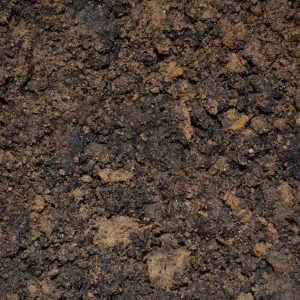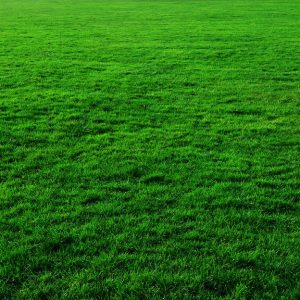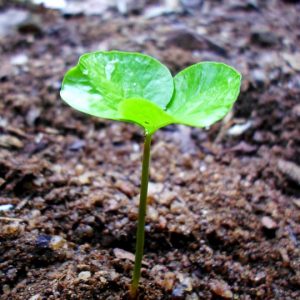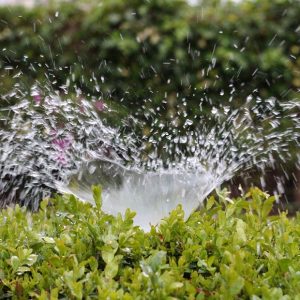Camellias are a hardy group of plants that are grown from cool temperate climates through to tropical regions.
While many Camellia species are highly adaptable, the best results are generally achieved by choosing cultivars to suit the climate and conditions you are growing them in.
Tea leaves are derived from the plant Camellia sinensis, a species that does well in tropical and sub tropical conditions. Other species, (eg. Camellia reticulata) does not adapt so well to warm climates, and is generally far better in a cool temperate climate.
Camellia oleifera is another species grown as a commercial crop oil from this species is used commercially in china.
The three most common ornamental species are:
- Camellia japonica mainly bred varieties from the original, smaller flowered species.
- Camellia sasanqua species from Japan, smaller flowers than C. japonica.
- Camellia reticulata species from China.
E-Learning Structure
The duration of this online course is 100 hours. This consists of 8 in-depth lessons:
- Introduction
- Review of the system of plant identification
- General characteristics of the group
- Information contacts (ie: nurseries, seed, clubs etc)
- Culture
- Planting
- Staking
- Mulching
- Watering
- Pest & disease
- Feeding
- Pruning
- Protection from wind, salt air etc.
- Propagation
- Methods of propagating camellias
- Using Camellias
- The most Commonly Grown Varieties
- Other important Groups
- The Lesser Grown Varieties
- Special Assignment – On one selected plant or group.
How Does A Warnborough Online Course Work?
You can start the course whenever is convenient for you. You will be studying from home and have access to support from our qualified tutors. Practical exercises and research tasks will be set at the end of each lesson – including an assignment. You will submit this assignment to your course tutor, who will mark your work and give you constructive feedback and suggestions.
If you have any questions please contact us.





